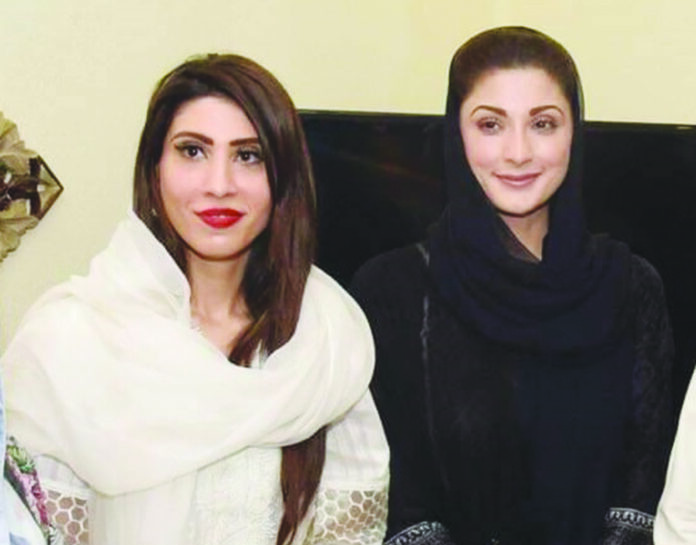Ms. Hina Pervaiz Butt recently tweeted a stat about the YouTube viewership of a political speech. The number itself was baloney which, being par for the course for her, is hardly deserving of a comment. What gave the whole thing entertaining value was her explanatory remark.
For not being content merely sharing the stat (20 million), the MPA on reserved seats for women chose to ‘translate’ it, no doubt for the benefit of the ordinary Pakistani mortal who is more at home with lakhs and crores. Twenty million, Butt explained, amounted to 20 crores. Not that anybody would ever accuse the MPA of possessing an excessively sharp intellect – why, only a couple of weeks ago she proudly tweeted that she had ‘passed’ the GRE. But this conversion error on her part attracted some rather merciless trolling, which, to be completely honest was quite enjoyable. The tweet was later removed and replaced by a new one – this time with the correct conversion. Of course, not before netizens had taken screenshots of the original for their record as well as for the amusement of posterity.
We owe this sort of fun to the ubiquitous lakh and crore the countrymen encounter everywhere – in conversations, newspapers, and classrooms right from childhood upwards. The charming hybrid of the Indian numbering system (which is an integral part of our cherished tradition) and the so-called short scale used in the English-speaking world (which is becoming more and more unavoidable in the modern, global village) is a constant source of entertainment of this sort.
Blunders such as this always get me thinking about the advent of the Indian numbering system in comparison to the short scale. One can visualize how the short scale, and the resulting millions and billions, would have come into existence. One imagines a group of influential men sitting down, equipped with pen, paper and common sense, and deciding to group digits by three and putting a separator (a comma, for example) before every group counting from the right, and proposing new words (thousand, million, billion, trillion…) for every third power of 10. The resulting system is easy to grasp, although it suffers from the notable limitation of being consistent, and therefore being too unsophisticated for the Indian psyche.
We owe this sort of fun to the ubiquitous lakh and crore the countrymen encounter everywhere – in conversations, newspapers, and classrooms right from childhood upwards.
Now try and imagine how the Indian numbering system would have come into being. It was probably some old man who took it upon himself to devise a system for his countrymen. By a strange coincidence, he appears to have put the first separator after the third digit from the right (so far in agreement with the short scale, although for all one knows the Indian system may have come into existence earlier, as Indian items have a habit of). When it came to putting the subsequent separators, one can almost hear the man muttering to himself, ‘Being consistent would be too simple, too boring, and therefore too un-Indian. So let me group all the subsequent digits by two and coin a new name for all these quantities.’ Thus, the genesis of the lakh, the crore, the arab, the kharab, and the like. We are indebted to that dear old man to this day for the sophistication of the system and all the fun we continue to have with it.
I am afraid, however, that somewhere along the line (and I sincerely hope the inevitable is still decades away) the Indian numbering system is bound to be dropped in favour of the short scale. The short scale has everything going for it: Banks and accountants all over the world have adopted it. World, country, and city populations are reported in millions and billions, except in a handful of Asian countries. Scientists use separators every three digits, and express quantities in kilo, mega, giga… (equivalent to thousand, million and billion… respectively). Above all, the short scale is favoured by all the most influential and powerful nations. We were never averse to adopting Western concepts, words, terminologies and systems anyway. It is therefore a matter of time before the mounting pressures of globalization will consign our cherished lakh and crore to the dustbin of history. In fact, ours may be one of the last generations to have the privilege to count in lakhs and crores.
Everything is stacked up against the Indian numbering system. What is standing heroically in its favour is the Subcontinental aversion to simplicity and common sense. Not to mention all the fun associated with converting quantities from one system to another, inevitably making a mistake, and causing much merriment all around. As far as I am concerned, in the entertainment starved environment that we happen to find ourselves in, this last consideration alone outweighs every convenience the short scale has to offer and more.






















